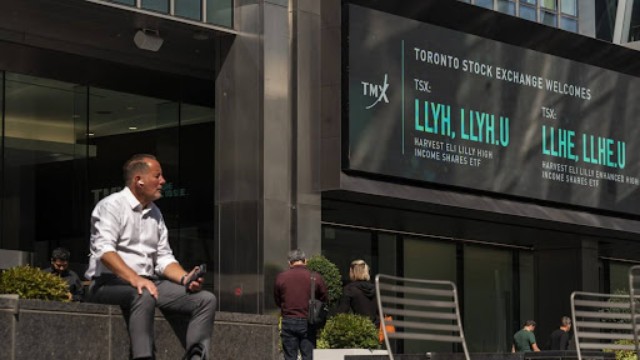
A person walks into the JPMorgan Chase & Co. headquarters in Manhattan, New York City, on June 30, 2022. (REUTERS/Andrew Kelly/File Photo).
Major U.S. banks like JPMorgan Chase and Wells Fargo are set to report their earnings soon, and investors are eagerly waiting for their forecasts on net interest income (NII). This comes as strong employment data leaves uncertainty about the Federal Reserve’s future rate cuts.
Both banks are expected to report a drop in profits for the third quarter. While loan demand remained sluggish, the NII, which is the difference between what banks earn from loans and what they pay for deposits, is likely to decline. In recent years, banks saw a surge in NII as the Federal Reserve raised interest rates. However, that trend may reverse as the possibility of future rate cuts looms large.
Stephen Biggar, a banking analyst at Argus Research, explains that weak loan growth, rising deposits, and provisions for loan losses due to higher unemployment will squeeze profit margins and push NII downwards.
Though lower interest rates could decrease banks' earnings from loan interest, they might encourage more borrowing and deal-making, which could be a silver lining. Betsy Graseck, a banking analyst from Morgan Stanley, anticipates that the focus will soon shift to future outlooks as the U.S. economy may escape a recession. She predicts that interest rates could fall by as much as 150 basis points by mid-2025.
On a brighter note, investment banking divisions likely experienced some growth in the third quarter due to increases in debt issuance, stock offerings, and initial public offerings (IPOs). Oppenheimer predicts that investment banking revenues could rise by an average of 7%, although the increase may still not reach historic levels. Trading divisions may also have benefited from market volatility, though Moody’s analysts believe their revenue could still fall compared to the second quarter due to a typical seasonal slowdown.
Banks have long been concerned about the weakness in office loans, but they’ve built up reserves to cover potential losses. Meanwhile, consumer loan delinquencies seem to be levelling off as banks tighten their lending practices following last year's banking crisis.
Now, let’s take a closer look at what is expected from six of the biggest U.S. banks:
JPMorgan Chase is forecasted to see an 8% drop in earnings per share (EPS) due to a decline in NII and stagnant loan growth. HSBC analyst Saul Martinez believes NII will fall by 1.2% from the second quarter, while credit card growth might weaken earnings momentum.
Bank of America (BofA) is also set to report a 14% dip in EPS, as analysts predict NII will stay under pressure. BofA's investment banking gains will likely be smaller compared to its competitors.
Citigroup is expected to post a nearly 20% drop in EPS due to slow revenue growth and increased loan loss provisions. The bank's expenses may rise, and its trading income is likely to decrease. Citigroup is also dealing with compliance issues after being fined $136 million in July.
Wells Fargo could see a 14% decline in EPS, with its NII also under strain. Additionally, the bank's executives will face questions about efforts to fix its regulatory issues after a recent rebuke.
On the other hand, Goldman Sachs is anticipated to report a 35% jump in EPS due to improvements in investment banking, though its trading revenue might decline by 10%, according to CEO David Solomon.
Lastly, Morgan Stanley is expected to see a 14% increase in EPS, boosted by strong activity in equity and capital markets. Chris Marinac, a director of research at Janney Montgomery Scott, points to the optimism surrounding Morgan Stanley’s capital markets and investment banking performance.















